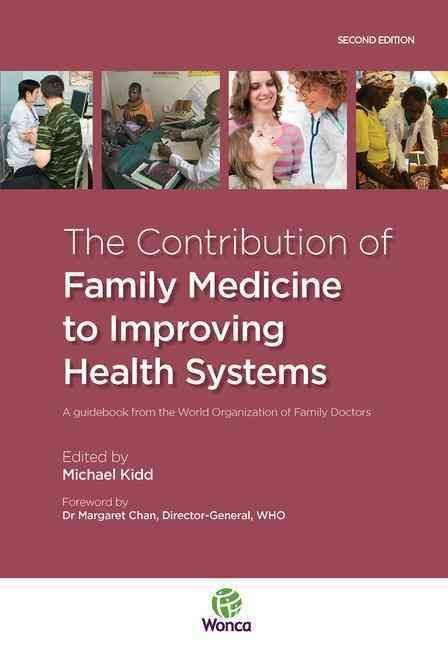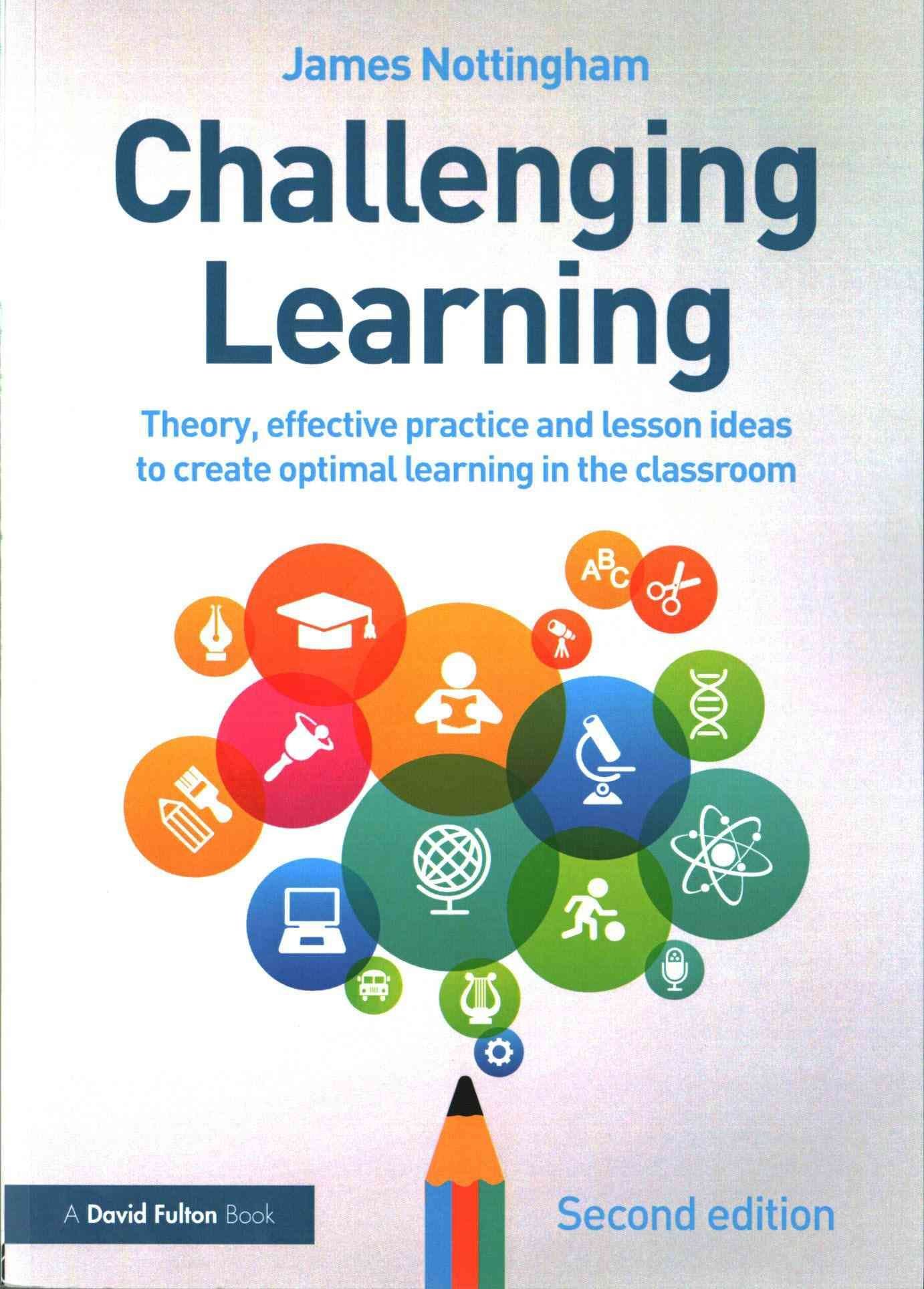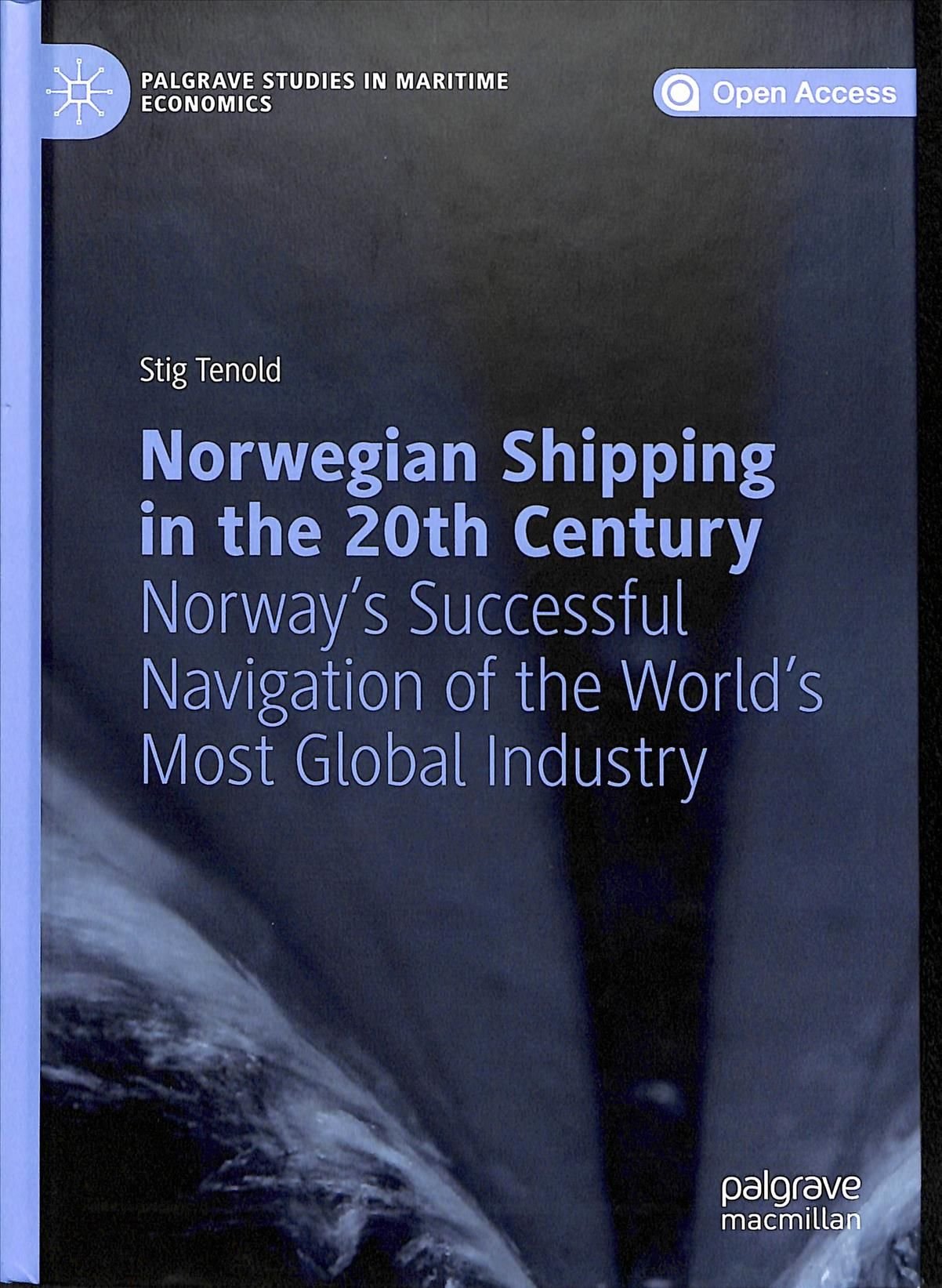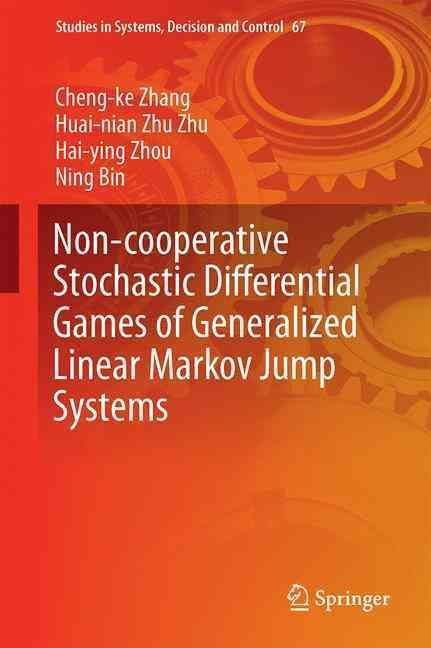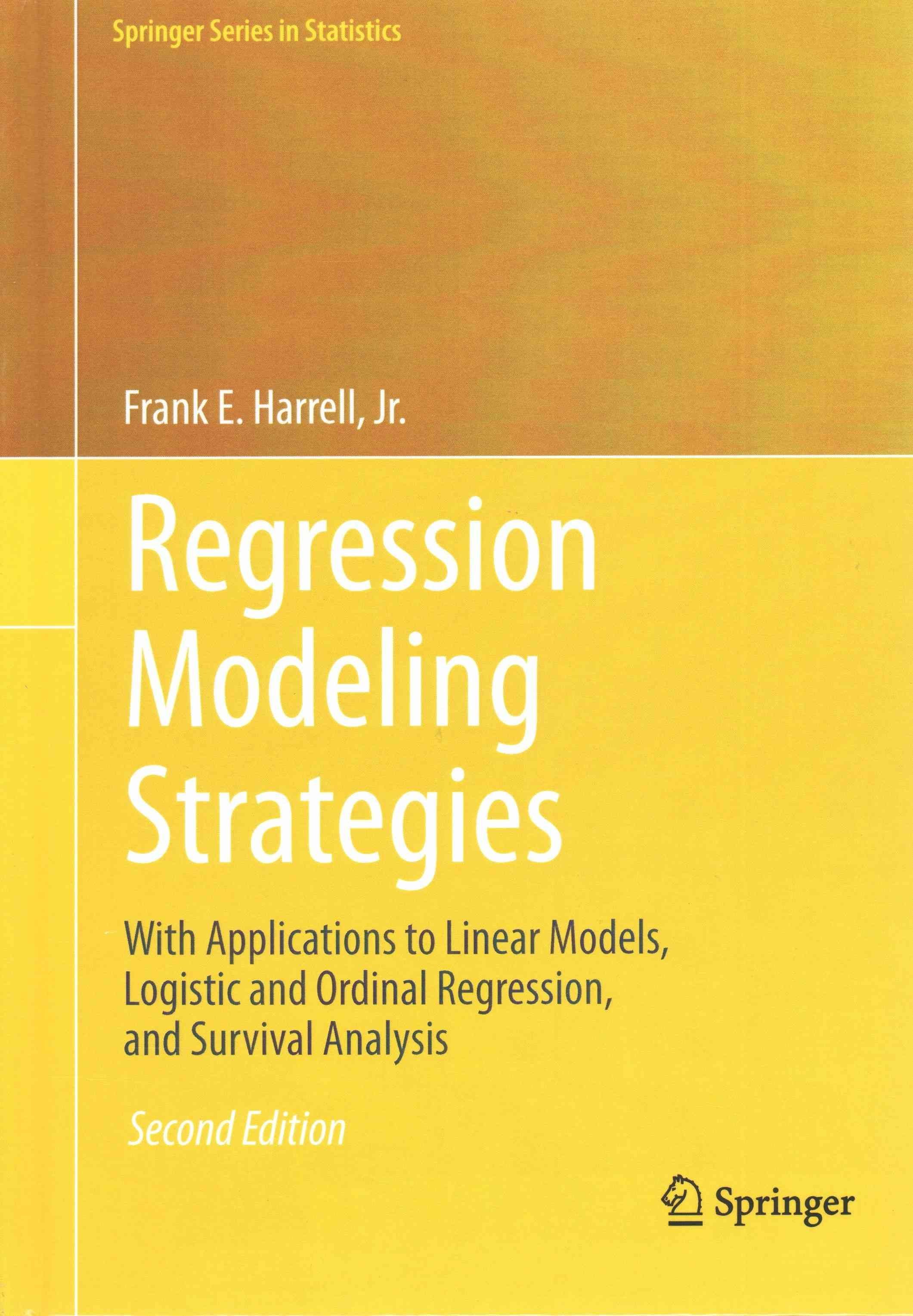This guidebook systematically analyses the contribution of family medicine to highquality primary health care in addressing the challenges faced by current health systems, and provides options for moving forward. It serves as a pragmatic guide to potential strategies for putting in place family care teams which effectively contribute to health sector development within a variety of contexts. From the Foreword by Dr Margaret Chan, Director-General, World Health Organization “…the quest to maintain and improve the health and well-being of people throughout the world is enriching. It adds substantial meaning to the lives of those who contribute to a process that joins the human family in a common undertaking based on intrinsic respect for the dignity of each individual. The roots of this process run as deep as humanity’s oldest efforts to alleviate suffering, yet they are nourished by the approaches described in the following pages that draw on current developments in education and patient care, recent epidemiological research, and ongoing examples of successful implementation among diverse communities throughout the world.” From the Executive Summary The much anticipated second edition of this guidebook reveals ways in which family medicine can help countries throughout the world maintain and improve health and well-being by developing a more productive, coordinated and cost-effective approach to health care. It describes: - the rationale for structuring health systems to be more responsive to the needs of people - a vision of optimal health services delivery based on primary health care - challenges to achieving this vision - family medicine’s response to these challenges - strategies for developing and strengthening family practice within countries. It provides practical inspirational reading for family doctors and family medicine academics, health care managers, policy makers and shapers, and public health and primary health care academics and professi …
